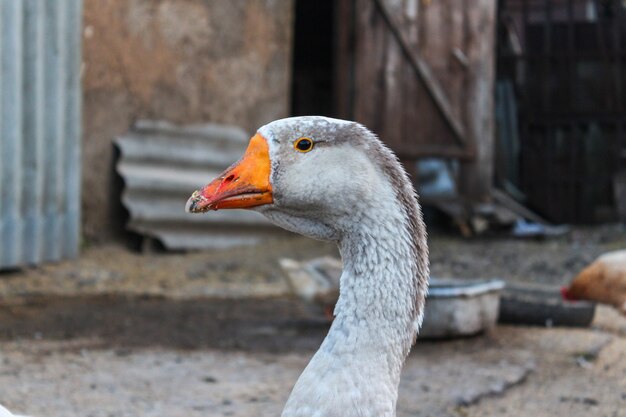

Harrison Weir's Our Poultry (1902) describes the Penguin Ducks belonging to Mr Edward Cross in the Surrey Zoological Gardens between 1837–38. Other references to such domestic ducks use the names 'Penguin Ducks' and 'Baly Soldiers'. The breed is unusual not only for its high egg production but also for its upright stance and variety of color genes, some of which are seen in seventeenth century Dutch paintings. Donald describes the pied variety and gives the popular story of the importation into Cumbria (Northwest England) by a sea captain some fifty years earlier. Donald's publication is advertised briefly in The Feathered World, 1895, under the title of "The Indian Runner Duck". The Runner became popular in Europe and America as an egg-laying variety towards the end of the nineteenth century largely as a result of an undated pamphlet called The India Runner: its History and Description published by John Donald of Wigton between 18. Other misnamed geese and ducks include the African goose, the black East Indian duck and the Muscovy duck.

Like many other breeds of waterfowl imported into Europe and America, the term 'Indian' may well be fanciful, denoting a loading port or the transport by 'India-men' sailing ships of the East India Company. Attempts by British breeders at the beginning of the twentieth century to find examples in the subcontinent had very limited success. There is no evidence that they came originally from India itself. The Indian Runner ducks are domesticated waterfowl that live in the archipelago of the East Indies.


 0 kommentar(er)
0 kommentar(er)
